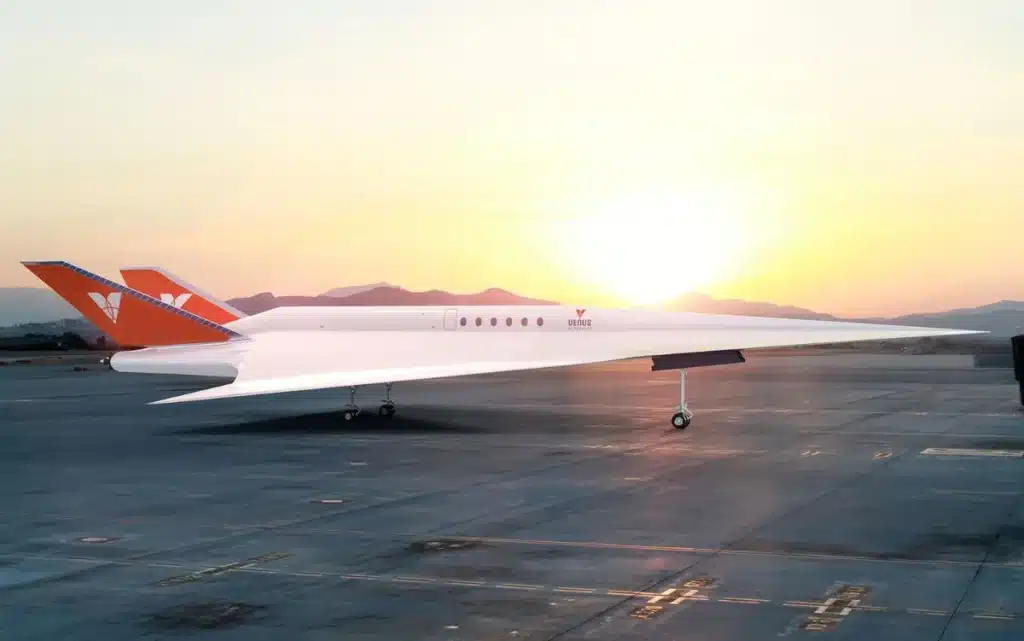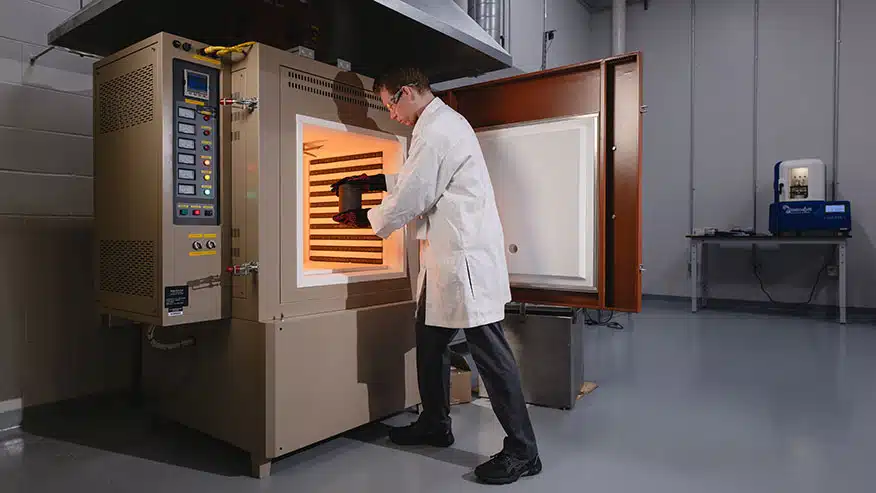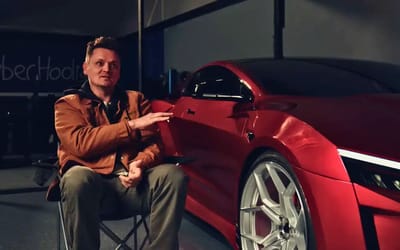US leads the way in what could become first hypersonic jets built using 3D printing
- Researchers are using 3D printers to create dark ceramic components
- These components could be used on aircraft
- The team says it is the ideal material for hypersonic craft
Published on Feb 20, 2025 at 7:15 AM (UTC+4)
by Claire Reid
Last updated on Feb 20, 2025 at 10:50 AM (UTC+4)
Edited by
Kate Bain
Scientists in the United States are working on processes that can 3D print dark ceramic components that could be used for hypersonic vehicles.
The team at Purdue Applied Research Institute (PARI) is developing 3D-printed components that will be strong and hardy enough to withstand the extreme conditions hypersonic flights bring.
The experts say that ‘dark ceramics’ are a better fit for hypersonic vehicles as they are less likely to break down in extreme temperatures.
The goal is to one-day 3D print the components at scale to improve efficiency and performance.
DISCOVER SBX CARS: The global premium car auction platform powered by Supercar Blondie
Hypersonic aircraft travel at exceptionally high speeds
Hypersonic aircraft are those that exceed Mach 5 – or five times the speed of sound – and are a step up from supersonic planes, like Concorde, which travel at between Mach 1.2 and 5.
These faster speeds produce a more extreme environment than that experienced during transonic or even supersonic flight.

And to handle that tougher environment, hypersonic aircraft need to be super tough, too.
The team from PARI – headed up by Rodney Trice, professor in the College of Engineering’s School of Materials Engineering – says 3D-printed dark ceramics are an ideal material for hypersonic aircraft.
They have been using special 3D printers that utilize a process called digital light processing, a press release from the university explained.
The 3D printers work in a very clever way
The 3D printers the team work with have a projector that shines ultraviolet light onto a thin layer of slurry composed of ceramic powder and resin.
The ultraviolet light then hardens that layer of slurry and locks the powder into place.

Using this process, the team can build components layer by layer – and these components can be made in the complex shapes required for hypersonic aircraft.
“This allows you to produce intricate designs and geometries with very smooth surfaces and with a level of precision at the micron level,” Trice said.
“Through this process, we have succeeded in printing a variety of shapes, such as sharp cones and hemispheres, which are used to build a hypersonic vehicle.”
The team is also working on eliminating any problems that may arise during the components post-processing phase, which can be an issue when moving from a small 3D printer to a larger one.
The researchers say their work can be used as a ‘starting point save time on the research and development for any new system’.

Claire Reid is a journalist who hails from the UK but is now living in New Zealand. She began her career after graduating with a degree in Journalism from Liverpool John Moore’s University and has more than a decade of experience, writing for both local newspapers and national news sites. Claire covers a wide variety of topics, with a special focus on cars, technology, planes, cryptocurrency, and luxury.




